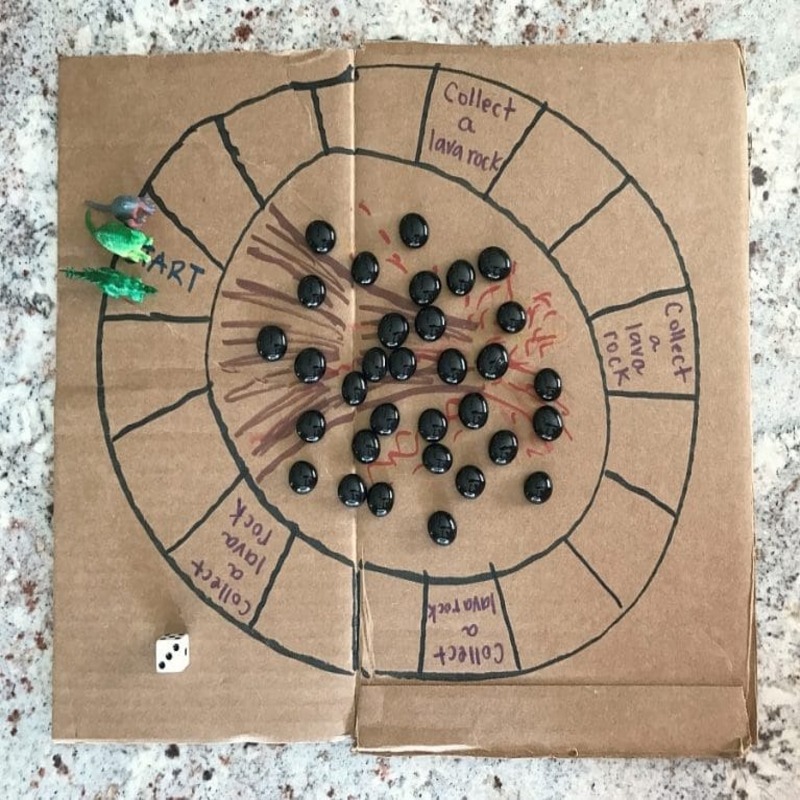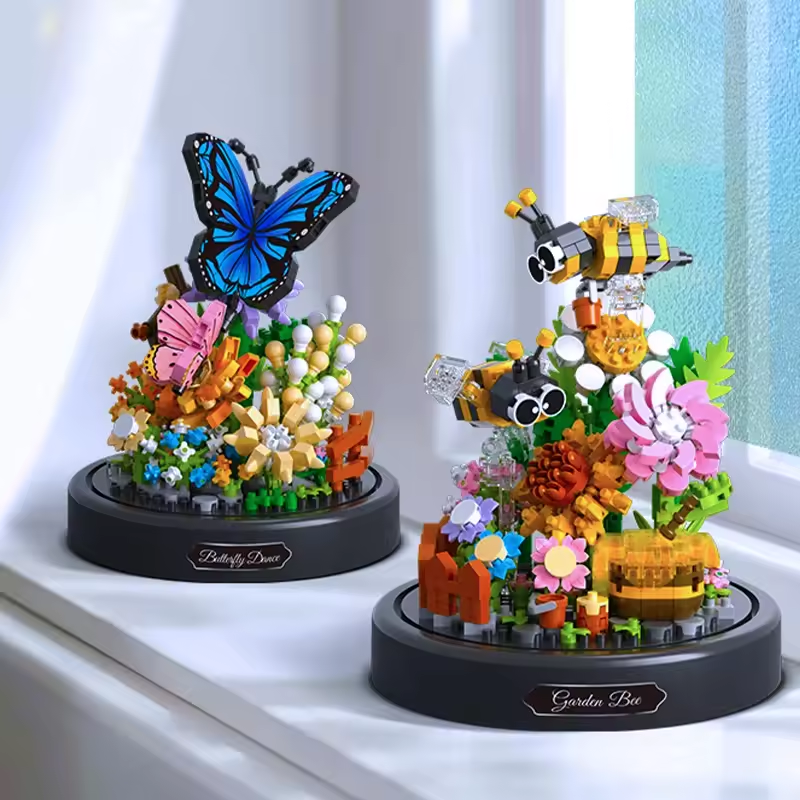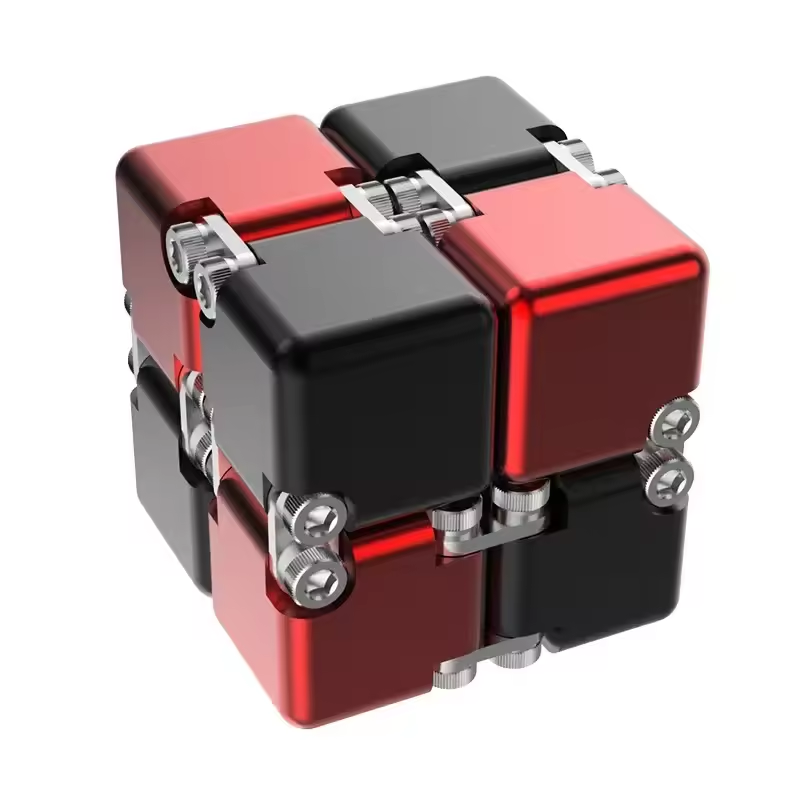Conceptualizing Your Game Idea
To kickstart the journey of creating a board game, the first and perhaps most critical step is to conceptualize your game idea. Envisioning the concept involves imagining what your board game will be about, the experience it will offer, and the emotions it aims to evoke. This conceptual phase lays the foundation for all subsequent steps.
Identifying Your Target Audience
Before diving into the specifics, identify who will play your game. Ask yourself questions about the potential players’ age range, interests, and gaming preferences. Whether it’s casual families, dedicated hobbyists, or educational settings, understanding your target audience will guide the design and complexity of your game.
- Consider Demographics: Age, gender, and interests are key factors.
- Analyze Market Trends: What is currently popular or underserved in the market?
- Focus on Player Experience: What type of experience will engage your audience?
By honing in on your target audience early, you can create a more focused and appealing game for those who are most likely to enjoy it.
Deciding the Game’s Purpose
Every game has a purpose, be it entertainment, education, or encouraging social interaction. Determine what you want players to achieve or feel through your game. Do you seek to challenge their strategic thinking? Maybe fostering teamwork? Or simply to provide laughter and fun?
- Set Clear Goals: What should players accomplish by the end of the game?
- Align with Audience: Ensure the game’s purpose resonates with your target audience.
- Inspire through Themes: Choose themes that are engaging and facilitate the game’s purpose.
Deciding the game’s purpose in alignment with the target audience will help ensure the development stays on track and the end result is a successful board game that resonates with players.
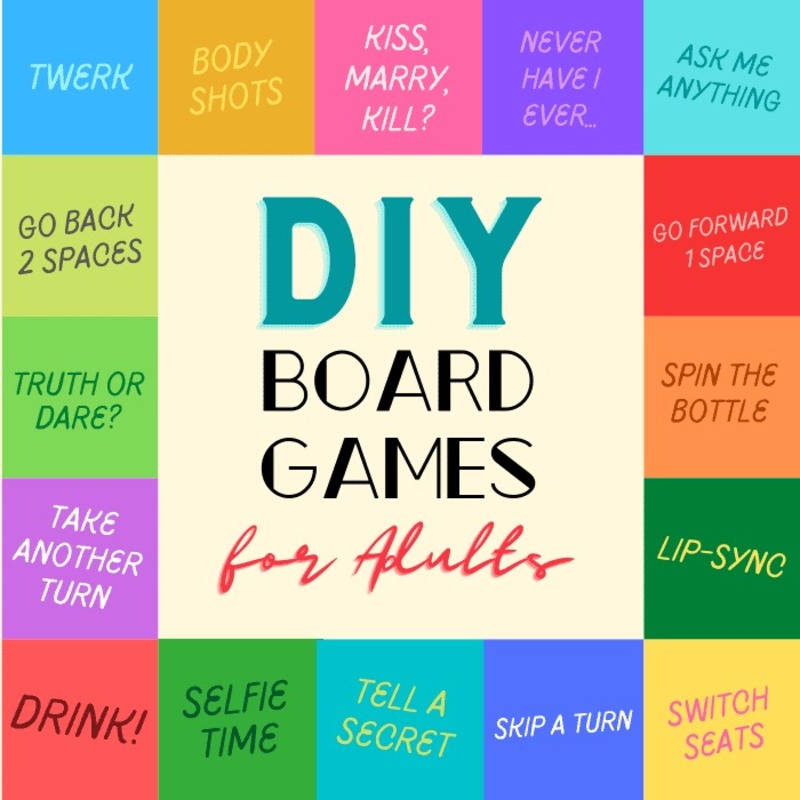
Designing the Game Mechanics
Once you have a solid understanding of your target audience and the game’s purpose, it’s time to start designing the mechanics. Game mechanics are the rules and procedures that dictate how players interact with the game, and they are the backbone of any board game. In this phase, you’ll decide on the mechanisms that will drive player engagement and ensure your game stands out.
Defining the Rules of Play
When creating a board game, clear and concise rules are crucial. They set the expectations and lay out how to win or succeed in the game. As you define the rules of play, keep the following in mind:
- Keep It Simple: Start with basic rules that can be easily understood.
- Be Consistent: Rules should be consistent to avoid confusion.
- Provide Examples: Illustrate rules with examples to clarify complex points.
- Test for Clarity: Ensure that friends or family can understand and follow them.
The easier it is for players to grasp the rules, the faster they can immerse themselves in the strategy and fun of the game.
Developing the Game’s Structure
After setting the rules, the structure of the game becomes your focus. The structure dictates the flow of play and provides the framework within which the game operates. Here are some aspects to consider:
- Sequence of Play: Outline the order of turns and actions.
- Game Length: Determine how long a typical game should last.
- Balance: Aim for a balanced game where each player has a fair chance of winning.
- Levels of Engagement: Incorporate elements to keep players involved throughout the game.
Creating a game with a strong structure ensures an enjoyable and replayable experience for players.
Building the Game’s Prototype
Once you’ve outlined your game mechanics, it’s time to bring your vision to life through a prototype. A prototype is a preliminary version of your game, and building it is essential for testing and refining your ideas. Don’t aim for perfection with your first prototype; focus on functionality and practicality.
Crafting the Game Components
When crafting your game components, start with what’s easily accessible. Use cardboard for boards, tokens, and cards. Cut and draw by hand where necessary. Find household items to represent game pieces. Your goal is to create a tangible representation of your game that you can interact with. Remember, these components don’t have to be the final quality – they just need to work.
Here are some tips for crafting your prototype:
- Use Simple Materials: Avoid costly materials for your prototype.
- Make Components Functional: Ensure they’re easy to handle and use.
- Focus on Playability: Visuals come later; function is key now.
- Iterate Quickly: Make changes without hesitation as needed.
Testing and Refining the Game
With a prototype in hand, it’s time to play. Testing the game uncovers flaws and areas for improvement. It also helps to refine the game mechanics. Invite friends and family to test your prototype. Watch how they interact with it, and ask for honest feedback.
- Observe Gameplay: Note any confusion or frustration.
- Adjust on the Fly: Be ready to make quick tweaks to rules and components.
- Seek Candid Feedback: Encourage testers to share their thoughts openly.
- Keep Refining: Don’t settle until your game plays smoothly and brings joy.
Creating multiple iterations of your prototype is part of the process of creating a board game. With each test, your game will move closer to the final version you envision.
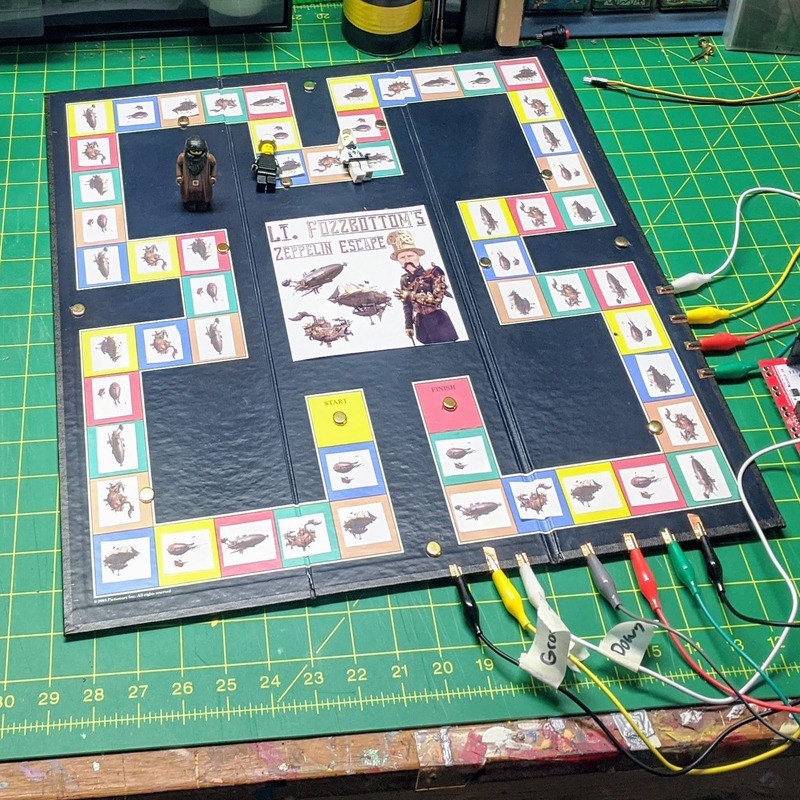
Playtesting with a Wider Audience
Once your board game’s prototype is polished through initial playtests, it’s crucial to expose it to a broader audience. This phase of playtesting involves more diverse players who can offer fresh insights. By including people outside of your immediate circle, you get a variety of viewpoints, which is essential for a well-rounded game.
Gathering Feedback and Observations
Playtesting with a wider audience isn’t just about observing people as they play your game. It involves actively gathering feedback to understand player experience better. Utilize surveys or questionnaires to get structured responses. While watching play sessions, note players’ reactions, especially moments of excitement or confusion. Consider the following during feedback sessions:
- Collect Diverse Opinions: Different people bring unique perspectives.
- Look for Patterns: Repeated comments may indicate areas needing attention.
- Encourage Honesty: Make sure players feel comfortable sharing true thoughts.
The insights you gain here will prove invaluable in finetuning your board game further.
Adjusting Rules and Mechanics
After collecting feedback, it’s vital to analyze it and decide which aspects need adjustment. Even a small change can make a significant impact on gameplay. Tweak and test different variations to see how they impact the overall experience. Remember to iterate until you find the right balance:
- Be Open to Change: Flexibility can lead to a better game design.
- Focus on Fun: Keep adjustments aimed at enhancing the fun factor.
- Test Thoroughly: Always test changes to see their full effect.
Through this iterative process, your game will evolve, improving with each round of playtests. Creating a board game is about refining until the best possible version is achieved.
Artwork and Graphic Design
Once the mechanics are set and the prototype is tested, it’s time to focus on the artwork and graphic design. Visuals are a powerful aspect of creating a board game, as they enhance the theme and player immersion. Whether you’re an artist yourself or collaborating with a designer, creating visually appealing elements is key to your game’s success.
Creating the Visual Elements
Begin by sketching out art for the game board, cards, and tokens. Use colors and styles that match the game’s theme. Icons and symbols should be clear and recognizable at a glance. Think about the following:
- Illustrate Carefully: Aim for artwork that is both beautiful and functional.
- Maintain Consistency: Art style should be consistent across all elements.
- Highlight Important Areas: Make sure gameplay-critical areas stand out visually.
Creating captivating visual elements will not only attract players but also help with gameplay clarity.
Finalizing the Game’s Aesthetics
Once you have drafts for all visual components, refine them. Align with your target audience and game’s purpose. Choose fonts that are easy to read and a color scheme that’s colorblind friendly. Here’s what to consider when finalizing:
- Simplifying Designs: Avoid overly complex graphics that might distract.
- Quality Control: Ensure graphics are high resolution and print well.
- Playtest Again: Make sure new artwork integrates seamlessly with game mechanics.
Having polished and professional-looking aesthetics can greatly impact your game’s shelf appeal and overall success.
Production and Manufacturing
Once your board game’s design is final, you enter the production stage. It’s a crucial phase where decisions impact the game’s durability, cost, and environmental footprint. Pay attention to material choices and partnerships with manufacturers.
Choosing the Right Materials and Manufacturers
Selecting materials for your game components is a delicate balance. Aim for durability while considering the cost. Explore options like high-grade cardboard, wood, or plastic. Research for suppliers with a good track record. They should deliver quality, and adhere to timelines.
- Prioritize Quality: High-quality materials make your game last longer.
- Consider Costs: Find a balance between quality and production costs.
- Eco-friendly Options: Use sustainable materials if possible.
- Reliable Manufacturers: Partner with reputable manufacturers. Good communication and delivery records are essential.
Selecting the right materials and manufacturers is vital in creating a board game that players will want to use over and over again.
Managing Production Timelines and Quality
Once you’ve chosen your materials and manufacturer, focus on the production process. Set realistic timelines and quality standards. Schedule regular checks to avoid defects and delays.
- Set Clear Timelines: Define production timelines upfront.
- Monitor Quality: Implement quality control measures.
- Adjust as Needed: Be ready to address issues during production.
- Stay Involved: Keep in touch with your manufacturer regularly.
Managing production effectively ensures your board game arrives in players’ hands as intended, with the quality that they expect.
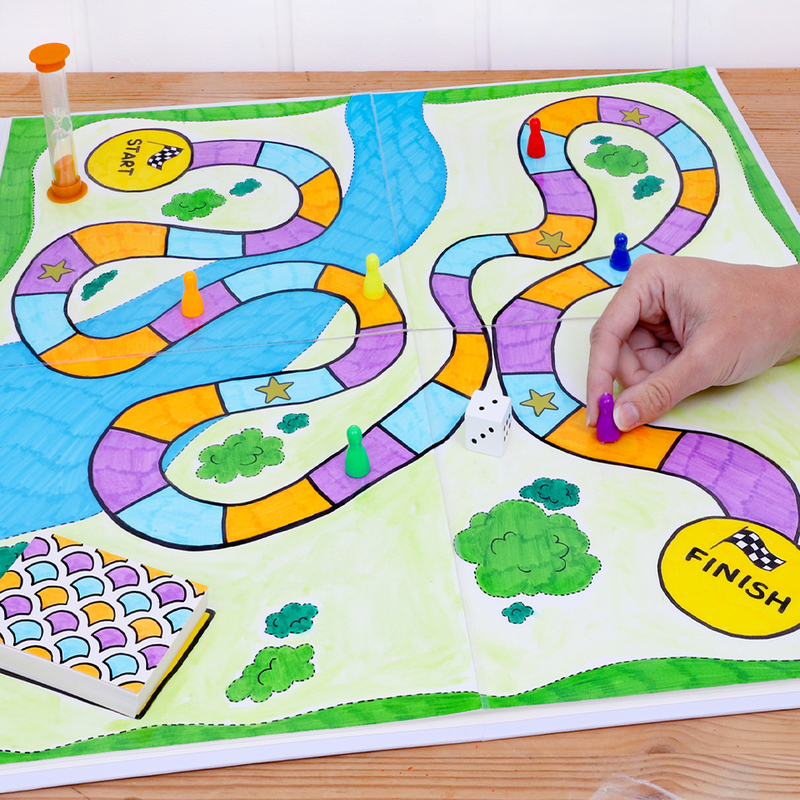
Marketing and Promotion
With your board game prototype tested and design finalized, the next pivotal step is marketing and promotion. Crafting an effective marketing strategy is crucial for creating a board game that catches the attention of your targeted audience and stands out in a crowded market. It can create anticipation, foster a community, and build a strong foundation for your game’s success.
Building a Buzz with Pre-Launch Strategies
Start generating interest in your game well before its release. The goal is to create excitement and anticipation. Here are some ways to do it:
- Create a Teaser Campaign: Share intriguing snippets about your game.
- Engage with Potential Players Early: Get feedback and suggestions to foster a sense of ownership.
- Use Email Marketing: Collect emails and send updates to keep your game on people’s minds.
- Offer Exclusive Content or Previews: Give a sneak peek to those who show early interest.
By employing these strategies, you can start to build a community around your game before it even hits the shelves.
Leveraging Social Media and Community Engagement
Social media is a potent tool for engaging directly with your audience. Community engagement can help spread the word and generate more interest. Here’s how to use these channels effectively:
- Regular Updates: Keep your audience informed and excited with frequent posts.
- Interactive Content: Use polls, contests, and questions to engage your followers.
- Build a Community: Create groups or forums for enthusiasts to discuss your game.
- Collaborate with Influencers: Partner with people who can help promote your game to a wider audience.
Leveraging these platforms can help you reach a vast audience and create a sense of community around your board game.
Distributing and Selling Your Game
After perfecting your board game with careful design, prototyping, and marketing, the next hurdle is distribution and sales. Your game’s success now hinges on its availability to potential buyers and the convenience of purchase. These final steps are critical in transitioning from a completed game to one that can be enjoyed by the masses.
Finding Retail Partners and Distribution Channels
Identifying and securing reliable retail partners and distribution channels is essential. Start by researching stores that align with your game’s theme and audience.
- Research Potential Stores: Look for shops that sell similar games.
- Present Your Game Effectively: Develop a compelling pitch that highlights why a store should carry your product.
- Explore Niche Markets: Consider specialty stores that might be interested in your game.
- Establish Distribution Networks: Connect with distributors who can place your game in multiple locations.
By carefully selecting where and how your game is sold, you create opportunities for visibility and sales.
Exploring Online Sales and Crowdfunding Options
The internet offers vast possibilities for selling your board game. Online sales platforms can reach a global audience quickly and efficiently.
- Set Up Online Shop: Use platforms like Amazon, eBay, or your own website.
- Utilize Crowdfunding: Kickstarter or Indiegogo can fund production and gauge interest.
- Advertise Online: Use online advertising to drive traffic to your sales pages.
- Leverage Social Media: Announce your game’s availability through social channels.
Employing a savvy online strategy can significantly boost your game’s accessibility and appeal to a tech-savvy market.
